A Witness To Its Own Myopia
One of the most fascinating figures in William Blake’s mythology is Ahania, the Emanation of Urizen. Like all of the Emanations, she provides the feminine aspect of a concept, in this case reason and the intellect. Where Urizen is a tyrannical figure of single vision and Newtons sleep, deriving absolute and universal law from precise and mathematical measurements and using it to ensnare the world in the net of religion, Ahania represents pleasure and curiosity – the carnal urge to discover and understand. Her separation from Urizen is what dooms him to his fall; her eventual reunion with him his redemption and a fundamental part of Eternal salvation.
Jonathan Blow’s second game, the would-be masterpiece The Witness, attempts to be an extended hymn to Ahania. Its purpose, as Blow stresses in interview after interview, is to explore the experience of learning and discovery. His mechanism for this – indeed the defining mechanism of the game – is a maze puzzle. The basic form is simple: trace a line from a starting node (a big circle) along a path to an ending node (a small rounded nub at the end of a line). The variations are numerous, with the game ultimately having several hundred iterations of this puzzle type of varying difficulties, arranged on panels across a sizeable island to explore.
There is genuine elegance to how this unfolds. Observe the progress of the opening area. You begin at the dark end of a tunnel, an illuminated door ahead and above you. You walk up to it, and find the literal simplest form of the game’s puzzle, and the game gives you one of its handful of actual instructions as it suggests pushing X to attempt the puzzle.
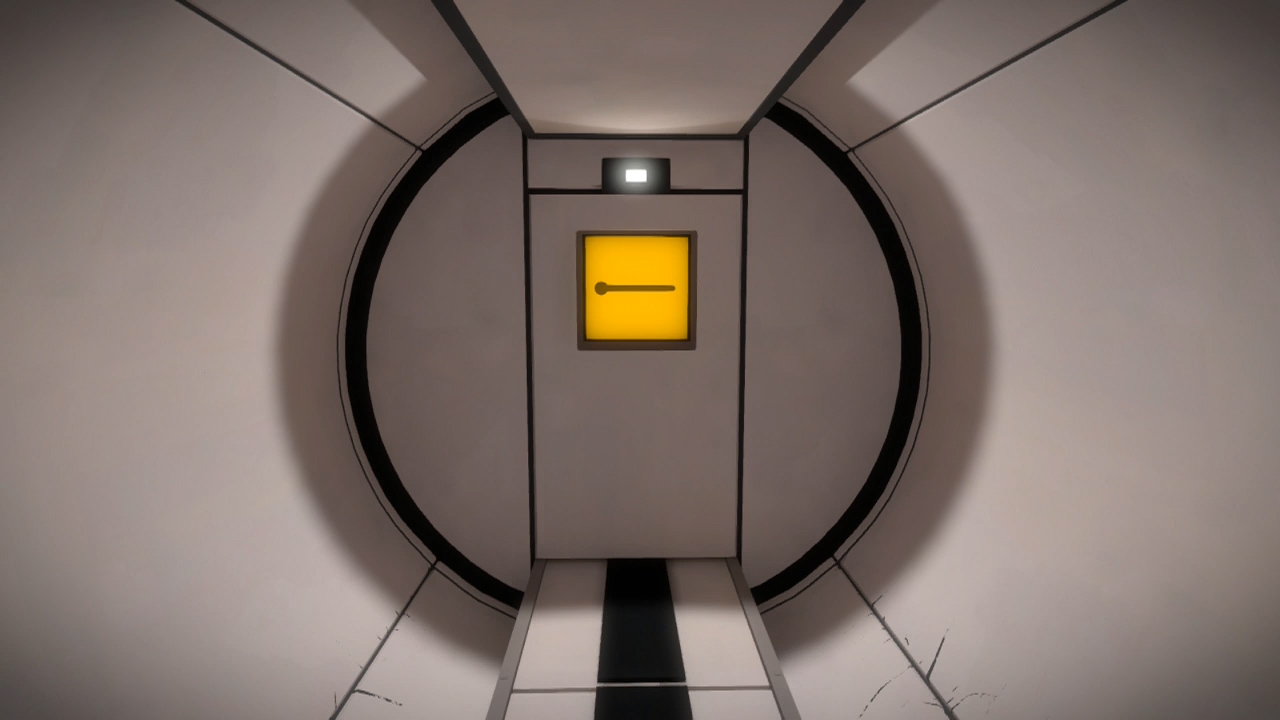
You trace the line, the door opens, and you get a second door.
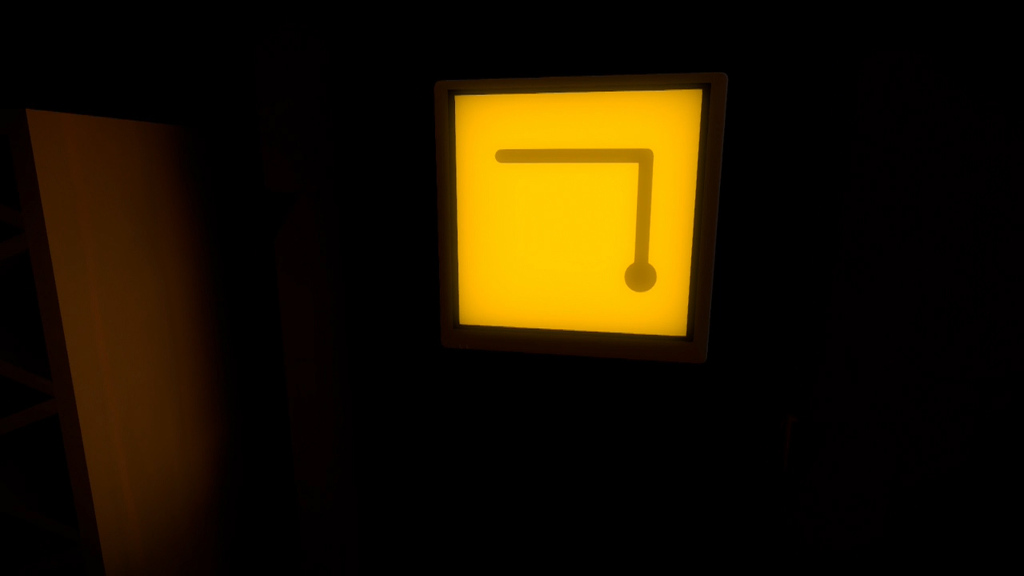
Which opens into this courtyard.
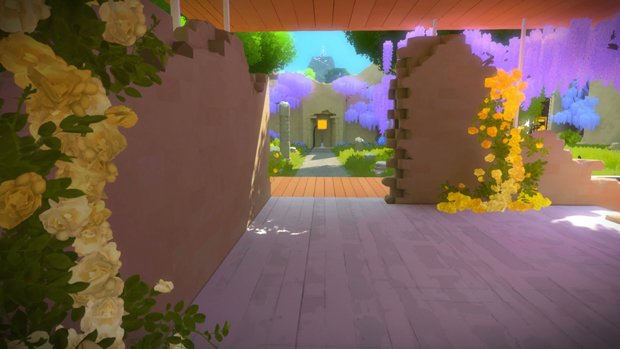
And when you go to investigate that panel up ahead, it’s a souped up version of the first two doors (shown here at the moment of solution).

Solving it causes the wire coming out of it to ostentatiously illuminate, and you can trace it to a couple other panels of growing complexity, and finally to gate with this panel to the right of it.
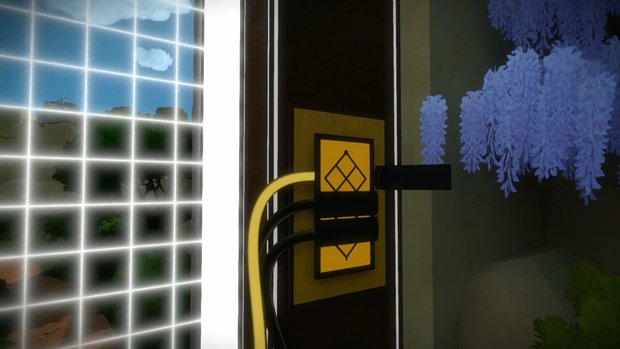
A bit of poking at it reveals that you can’t complete the maze through the black bars (what a surprise), but if you trace the other wires you can find panels that will lift the bars, allowing you to complete that maze and open the gate.
Obviously the game gets harder. Indeed, it will in the very next area, which we’ll look at in a moment. But it’s worth explicitly highlighting the step-by-step education given here. Indeed, of particular note is the second puzzle – the little L-shaped path that comes between “trace a line” and “here’s a maze with dead ends.” The truth is that essentially no player actually requires both it and the initial straight line puzzle as preparation for the mazes. As an education in how the game works – which is obviously what this is, being an initial area of a game and all – it’s going ostentatiously slowly.…


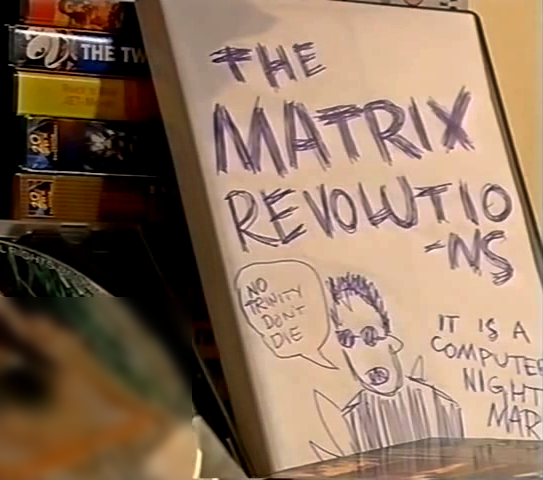 I’m planning to make up for the lack of any Shabcasts in February by providing loads in March, and
I’m planning to make up for the lack of any Shabcasts in February by providing loads in March, and 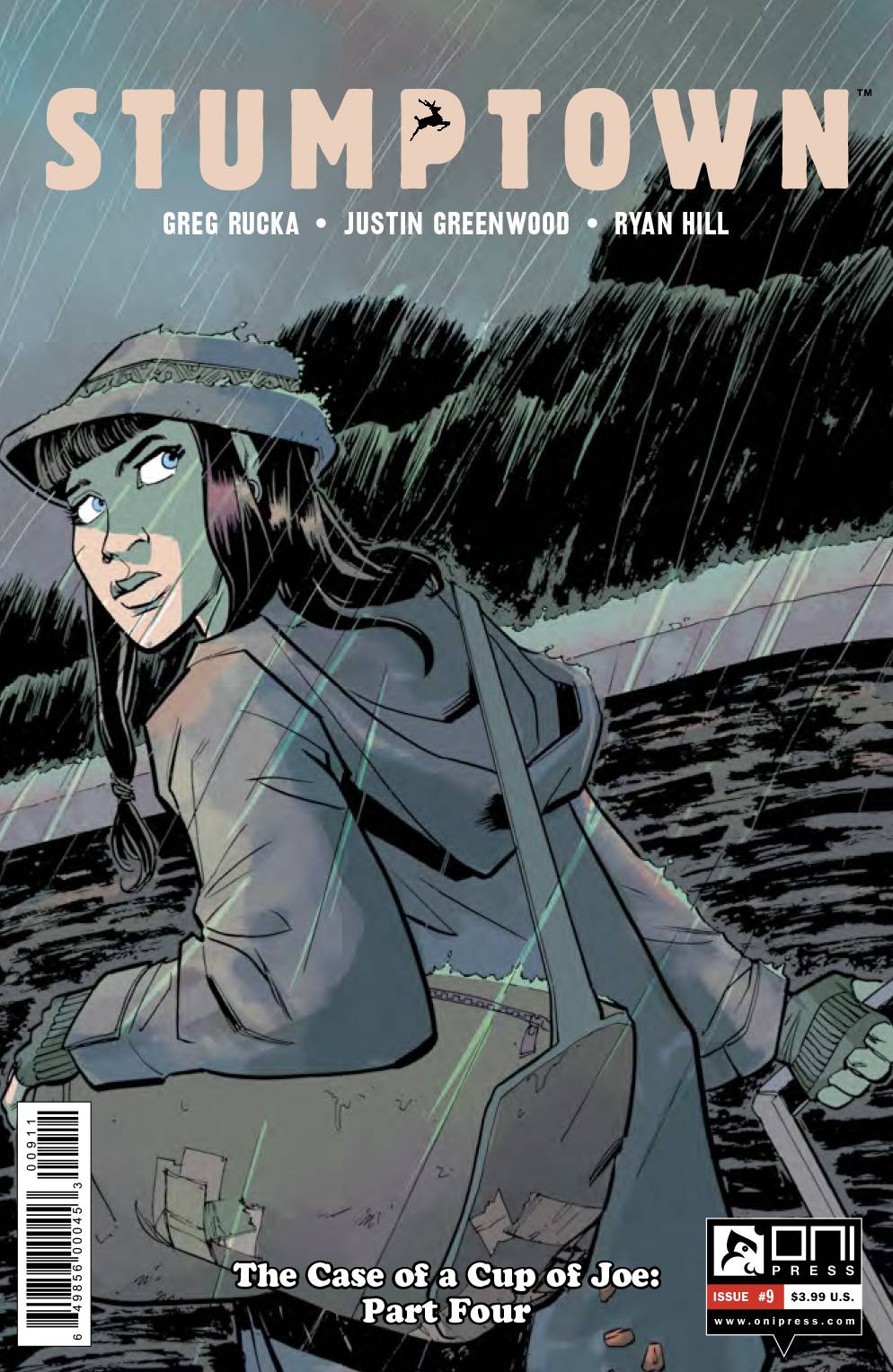 And so begins the last month of the long and terrible WicDiv hiatus.
And so begins the last month of the long and terrible WicDiv hiatus.

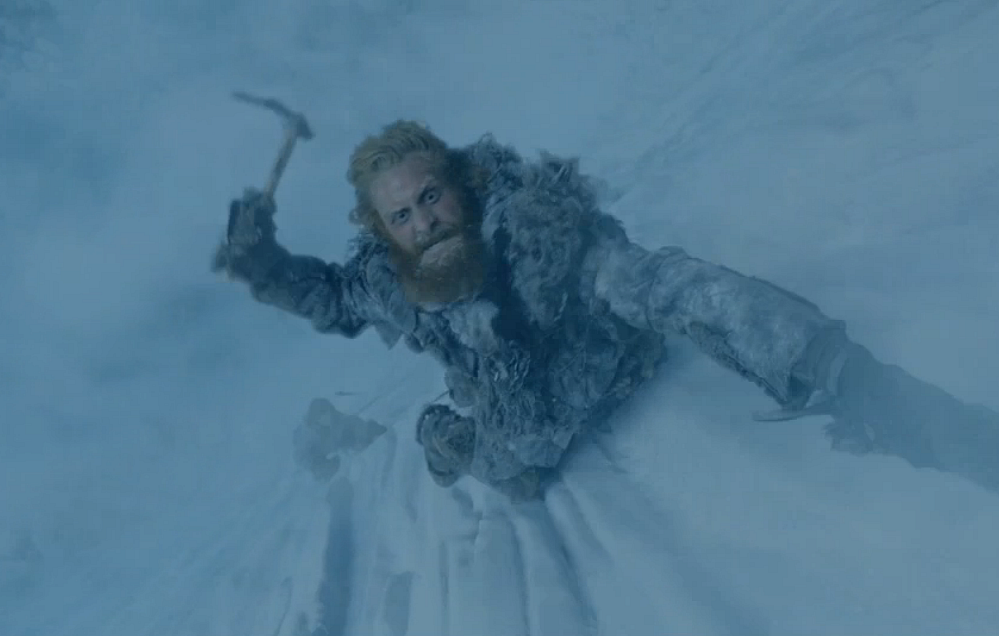

 I found myself weirdly fascinated in hindsight by the early reviews of
I found myself weirdly fascinated in hindsight by the early reviews of 